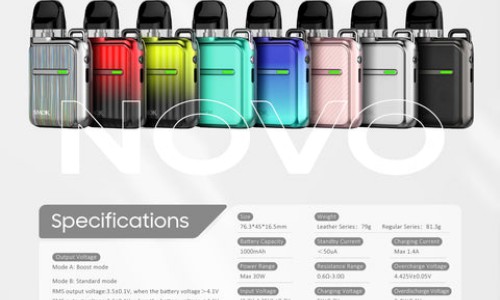
Differences Between Vaping and Smoking: What You Should Know
1. Introduction
The evolving landscape of nicotine consumption has brought vaping to the forefront as a popular alternative to traditional smoking. With its inherent differences in composition, health implications, and user experience, understanding what sets these two practices apart is crucial for consumers navigating their options.
2. Product Features
Vaping devices, commonly known as e-cigarettes, utilize a liquid solution that typically contains nicotine, flavorings, and other chemicals. These devices come in various forms such as vape pens, pod systems, and box mods, each offering unique functionalities. Traditional cigarettes, on the other hand, consist of processed tobacco wrapped in paper, producing smoke through combustion.
2.1 Vaping Devices
– Multiple flavors: Vaping solutions come in a variety of flavor profiles, appealing to a broad audience.
– Adjustable nicotine levels: Users can choose from varying strengths, allowing for a more customizable experience.
– LED indicators: Many devices feature LED lights that provide useful information about battery life and device status.
2.2 Traditional Cigarettes
– Consistent flavor: While cigarettes offer one primary flavor, their experience relies heavily on the brand.
– Fixed nicotine content: Cigarettes have a standard nicotine content with no customization options.
– Limited technology: Cigarettes lack the technological advancements found in vaping devices.
3. User Experience
Vaping offers a different sensory experience compared to smoking cigarettes. The inhalation process in vaping produces a vapor, which may be perceived as smoother and less harsh on the throat. In contrast, traditional smoking often yields a stronger throat hit, leading to varying user preferences.
3.1 Vaping Experience
– Reduced odor: The vapor dissipates quickly, leaving less lingering scent compared to cigarettes.
– Discreet usage: Vaping can be more easily concealed, making it an attractive choice for users who prefer not to draw attention.
– Social acceptance: Vaping is often viewed more favorably in social settings, partially due to its aromatic flavors.
3.2 Smoking Experience
– Traditional ritual: The act of smoking has deep-rooted cultural significance for many users.
– Instant gratification: The immediate nicotine delivery can be more satisfying for smokers seeking a quick fix.
– Familiarity: Established smokers may prefer the consistency and tradition associated with cigarettes.
4. Comparison with Competitors
When contrasting vaping with other nicotine delivery systems like nicotine patches and gums, it is evident that vaping offers a more dynamic and enjoyable experience. While patches and gums are less invasive, they lack the social and sensory engagement provided by vaping and traditional smoking.

5. Advantages and Disadvantages
The choice between vaping and smoking hinges on various factors that pertain to health, lifestyle, and personal preferences.
5.1 Advantages of Vaping
– Potentially lower health risks: Vaping is often considered a less harmful alternative to smoking, though research is ongoing.
– Customizable experience: Users appreciate the ability to modify nicotine levels and flavors.
5.2 Disadvantages of Vaping
– Long-term effects: The health implications of long-term vaping remain uncertain.
– Youth appeal: Concerns over vaping’s increasing popularity among young individuals raise alarm regarding nicotine addiction.
6. Target User Group Analysis
Vaping tends to attract a younger demographic, often those looking to transition away from traditional smoking. Conversely, traditional cigarette smokers may be more seasoned users desiring the robust experience associated with tobacco.
In summary, the choice between vaping and smoking is multifaceted, influenced by personal preferences, lifestyle, and the evolving landscape of nicotine consumption.


